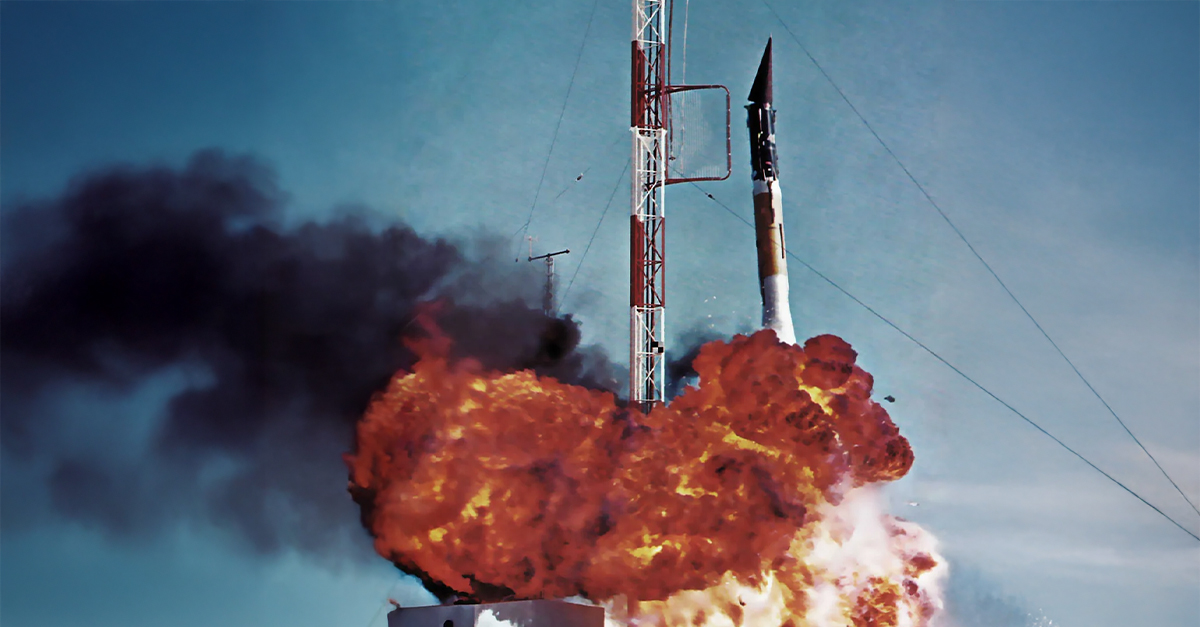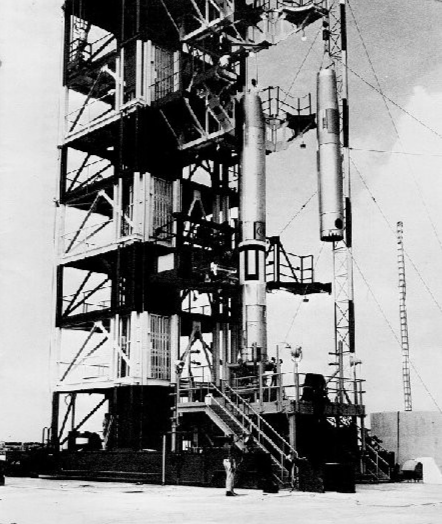In the race to conquer space during the Cold War, America’s first major attempt to launch a satellite ended in national embarrassment. The Vanguard rocket program, intended to showcase US technological superiority, became infamous for its catastrophic failure on December 6, 1957. What was meant to be a proud leap into the Space Age instead laid bare America’s unpreparedness, marking a disastrous first step in the US space program.
The Response To Sputnik’s Shockwave
Just two months earlier, the Soviet Union stunned the world by launching Sputnik 1, the first artificial satellite. The success ignited panic in the United States, which had planned a more measured approach to space exploration through the Vanguard program. Suddenly, the pressure was on to demonstrate that America could match—and surpass—Soviet achievements.
Vanguard: A Civilian-Led Project
Unlike defense-backed rocket projects, Vanguard was managed by the US Naval Research Laboratory and intended as a peaceful scientific mission under the International Geophysical Year. However, its civilian leadership and experimental technology meant it lacked the proven reliability of rockets like the Army’s Redstone, championed by Wernher von Braun.
The Launch That Fell Flat
On December 6, 1957, with the eyes of the world watching via live broadcast, Vanguard TV-3 was launched from Cape Canaveral. Within seconds, the rocket lost thrust, rose just four feet into the air, and collapsed back onto the launch pad in a fiery explosion. The satellite payload was thrown clear but lay pathetically beeping from the ground—a symbol of failure.
The Media’s Ruthless Mockery
The press wasted no time in ridiculing the event. Headlines dubbed it “Flopnik,” “Kaputnik,” and “Stayputnik.” What was intended as a demonstration of American prowess became a public relations disaster, further fueling fears that the US was falling dangerously behind the Soviet Union in both technology and defense capability.
 Universal Images Group Editorial, Getty Images
Universal Images Group Editorial, Getty Images
Political And Public Fallout
The Vanguard failure intensified criticism of US leadership, particularly President Dwight D. Eisenhower, who was accused of underestimating the Soviet threat. The disaster prompted urgent calls for a more coordinated and aggressive approach to space exploration, accelerating debates that would soon lead to the creation of NASA.
Overshadowed By Alternatives
In the wake of Vanguard’s humiliation, attention quickly shifted to the Army’s more reliable rocket programs. Wernher von Braun and his team, previously sidelined due to political concerns about using former German scientists, were given the green light to proceed with their Jupiter-C rocket. This decision changed the trajectory of the US space effort.
The Redemption With Explorer 1
Just weeks after the Vanguard debacle, von Braun’s team successfully launched Explorer 1 on January 31, 1958, officially putting America into space. This achievement helped restore national pride and demonstrated that, despite early missteps, the US could compete in the space race.
 NASA Marshall Space Flight Center, Wikimedia Commons
NASA Marshall Space Flight Center, Wikimedia Commons
Vanguard’s Quiet Contribution
Though its initial failure defined its legacy, the Vanguard program wasn’t entirely fruitless. On March 17, 1958, Vanguard 1 successfully reached orbit. It became the second US satellite in space and remains the oldest human-made object still in orbit today, offering valuable scientific data despite its rocky start.
The Birth Of A Unified Space Program
The Vanguard program highlighted the dangers of fragmented efforts between service branches and civilian agencies. It directly contributed to the establishment of NASA in July 1958, unifying America’s space ambitions under a single, focused organization capable of competing on the global stage.

History's most fascinating stories and darkest secrets, delivered to your inbox daily.
A Failure That Fueled Future Success
The Vanguard rocket’s fiery collapse in 1957 was a disastrous debut for the US space program, but it served as a critical wake-up call. While embarrassing, it exposed weaknesses that demanded urgent reform. In many ways, Vanguard’s failure laid the groundwork for America’s eventual triumphs in space—proving that even the most public setbacks can ignite the drive to reach greater heights.
You May Also Like:
42 Cosmic Facts About The Moon Landings
Out-Of-This-World Facts About SpaceX
The James Webb Space Telescope Will See Further Than Ever Before












